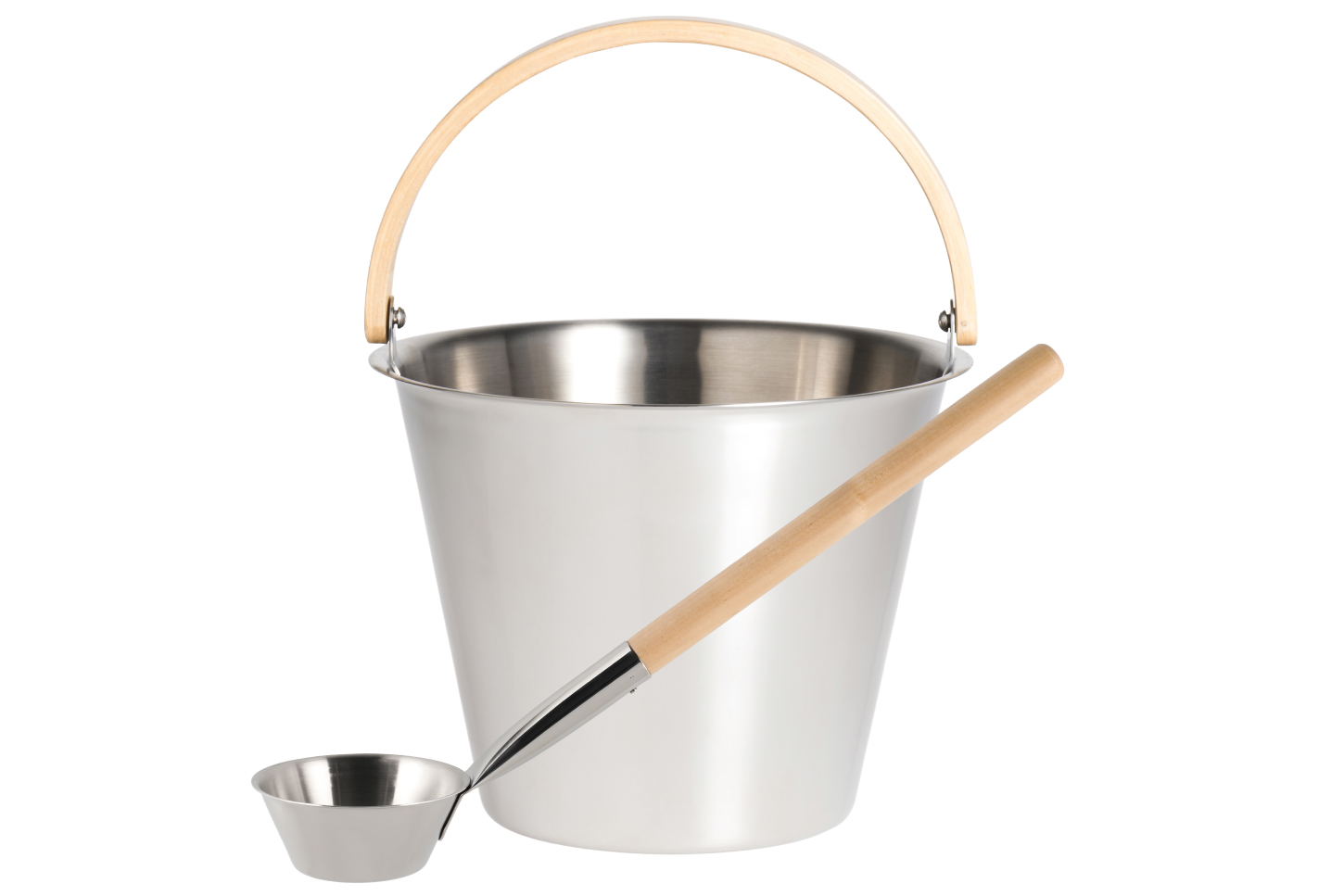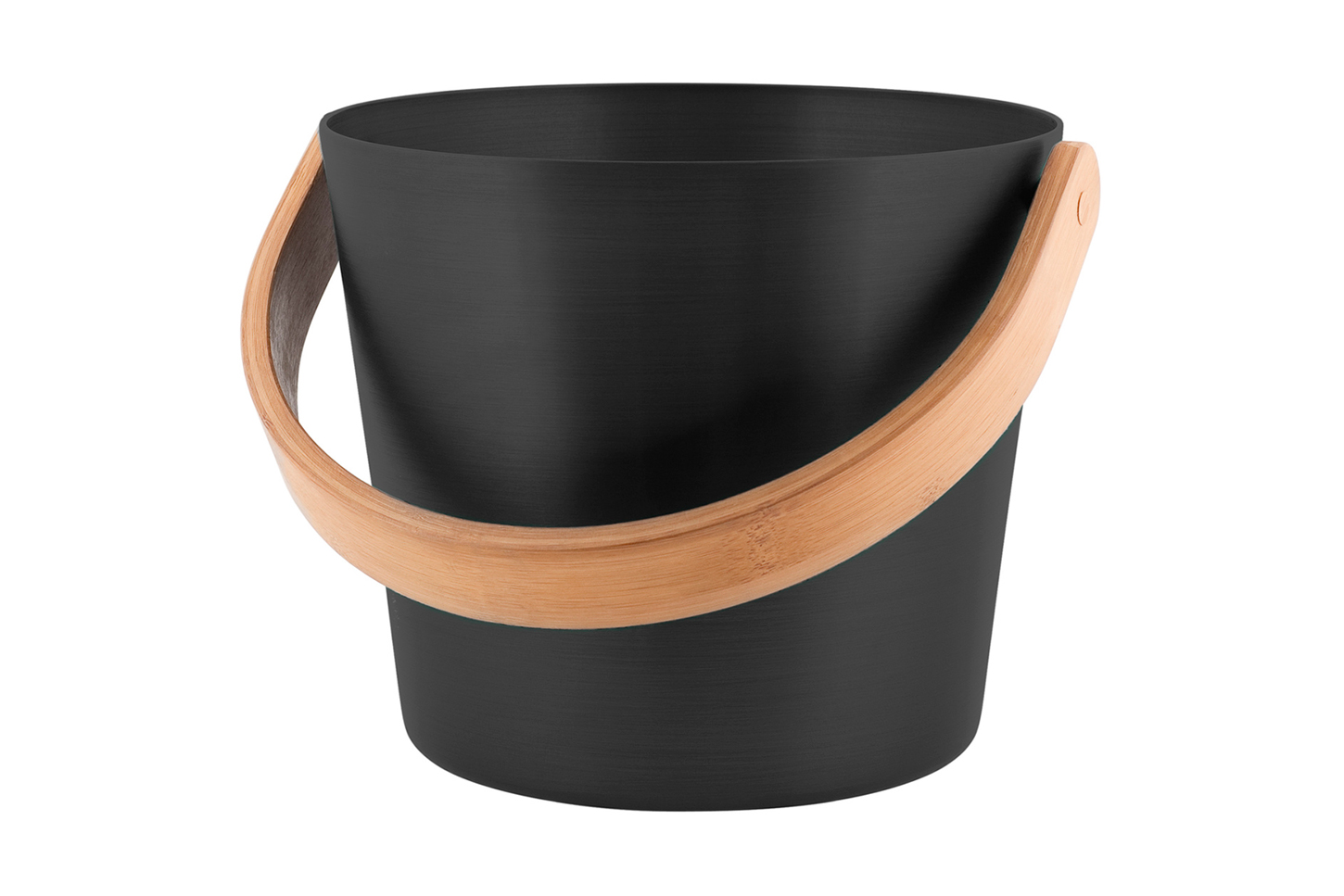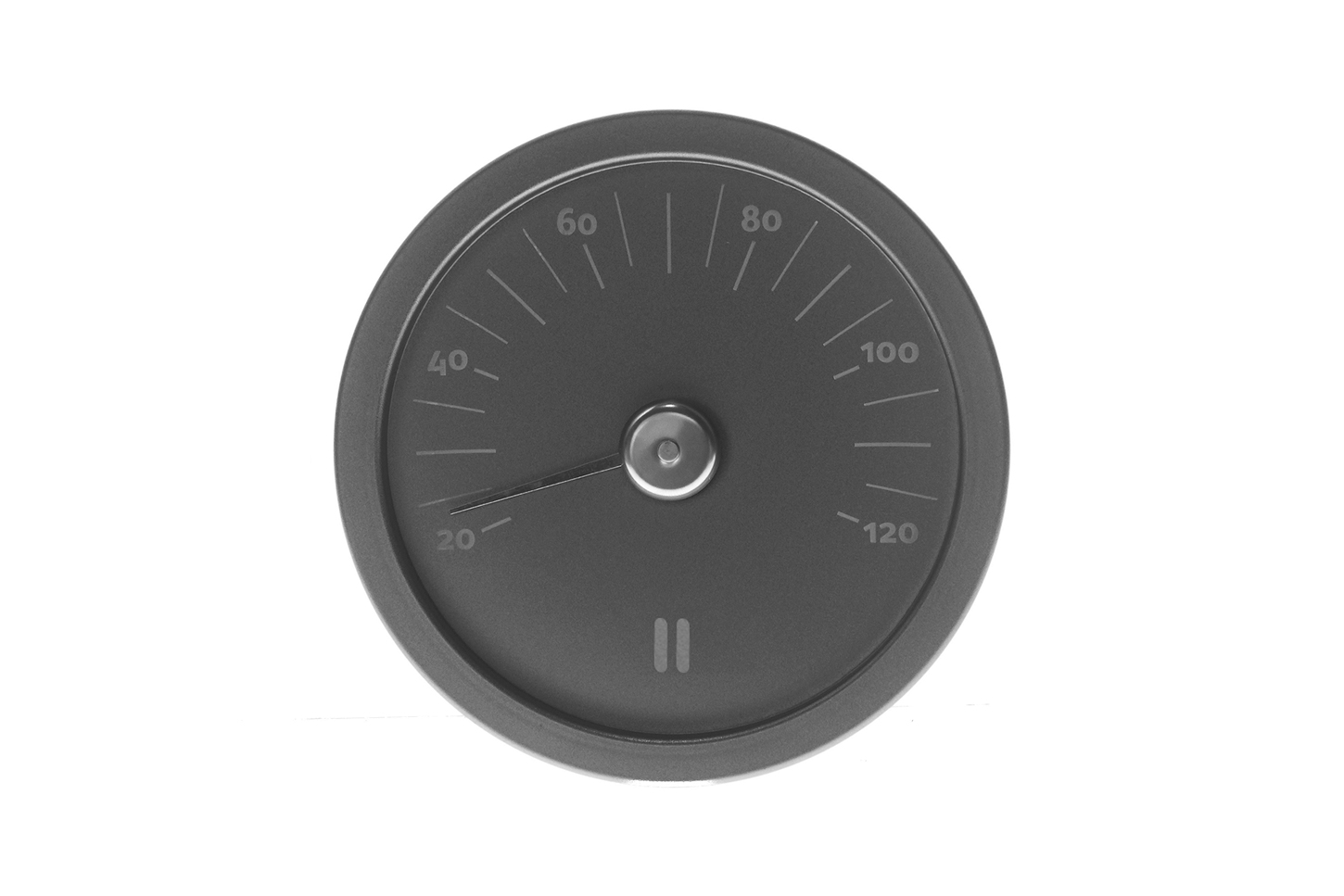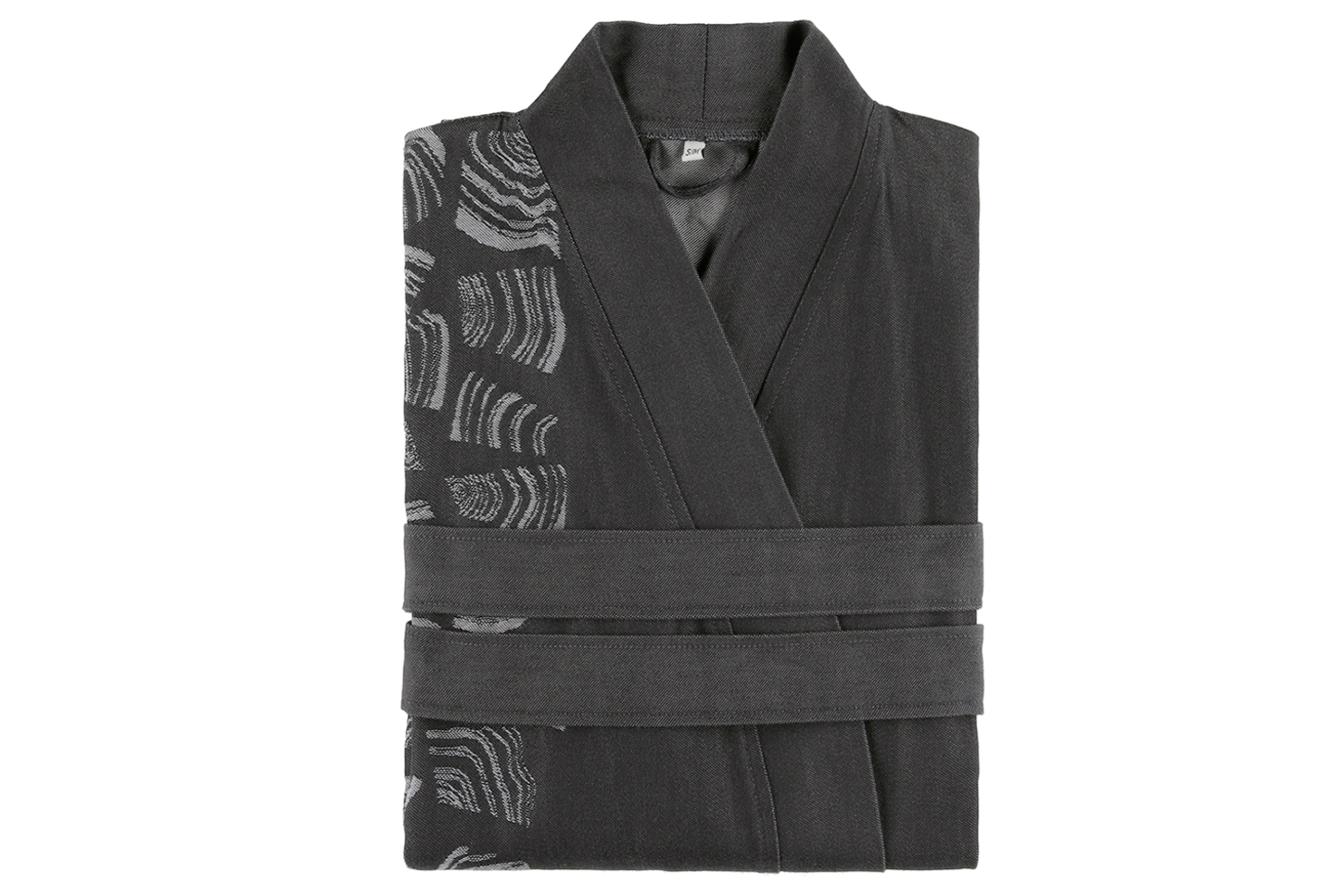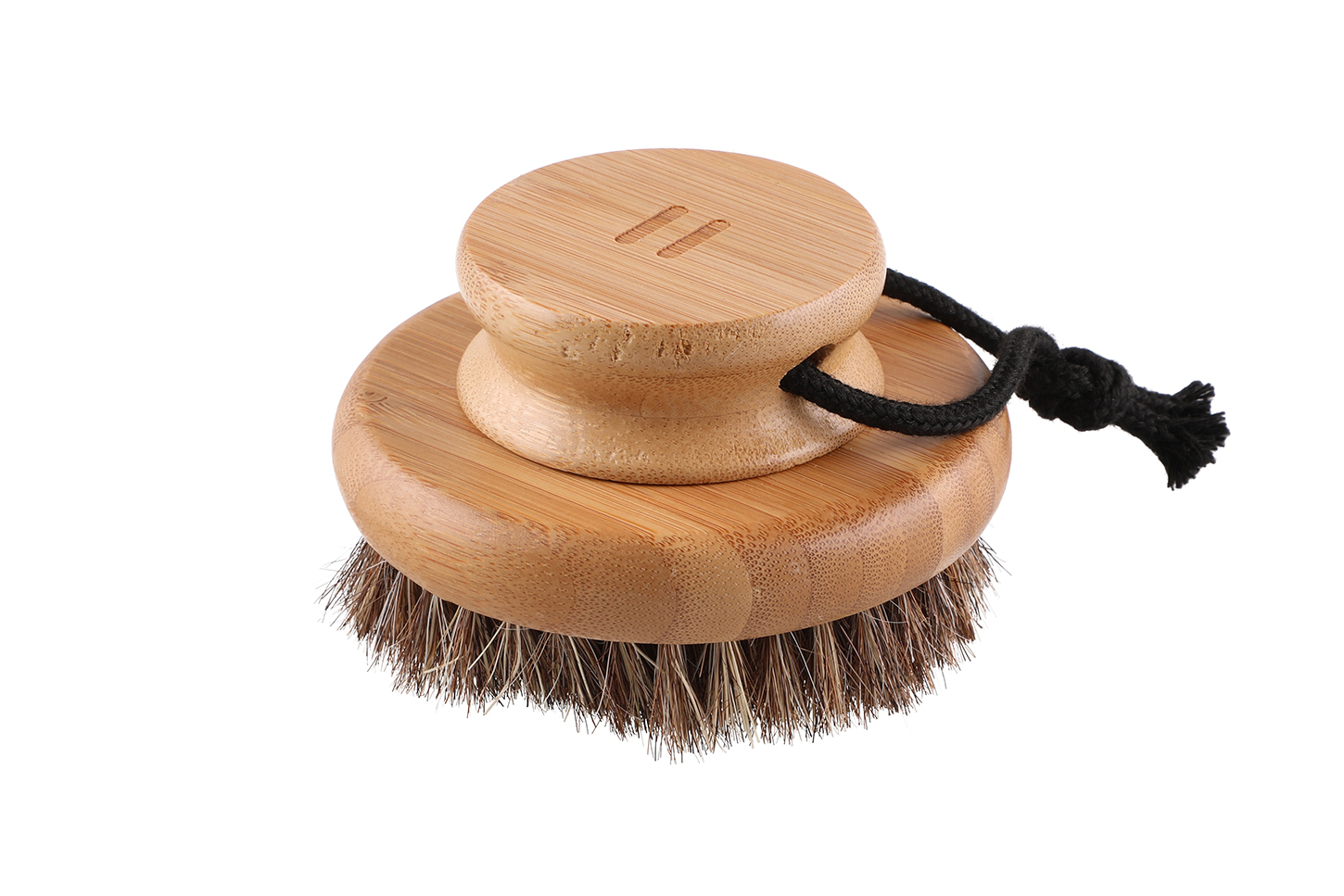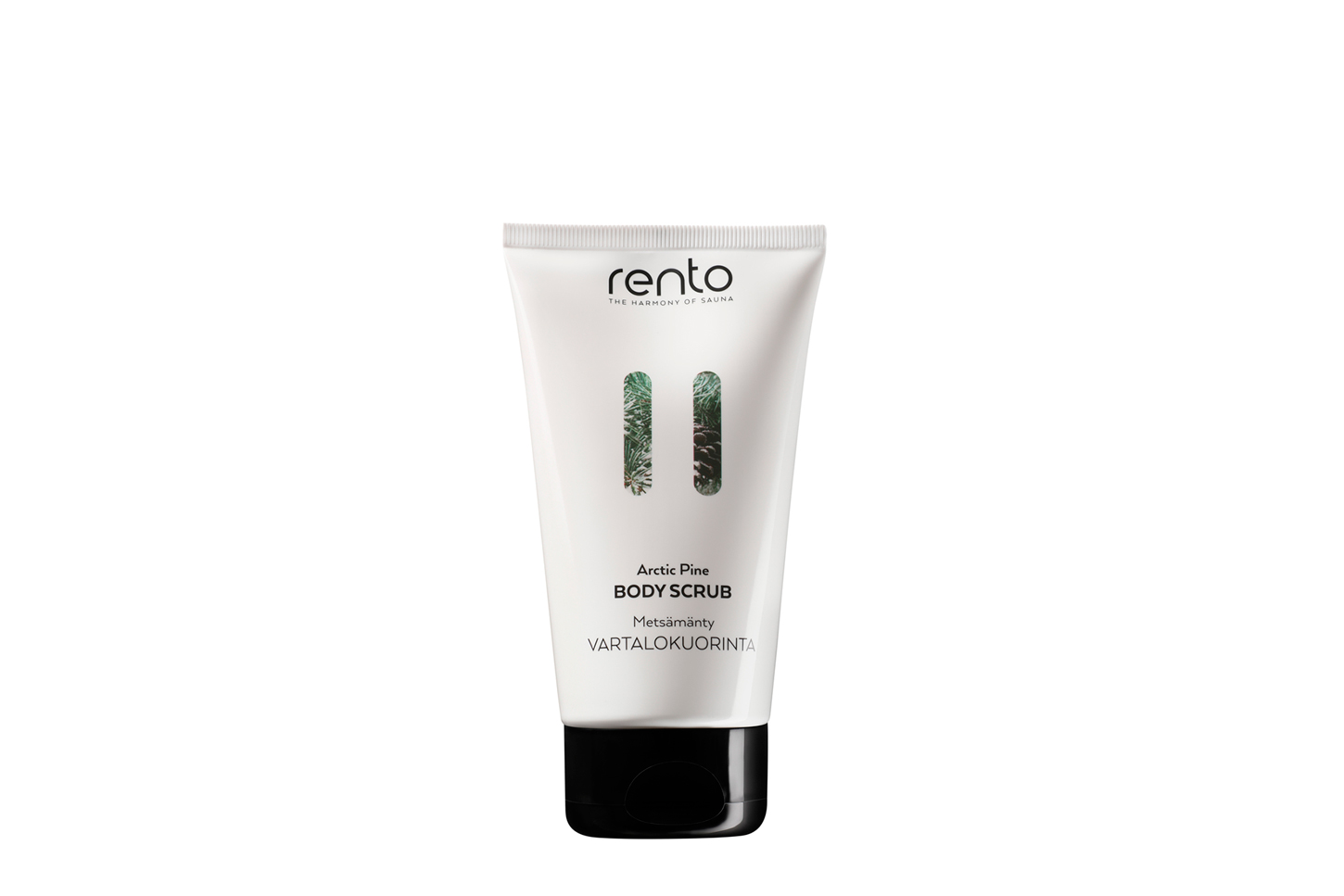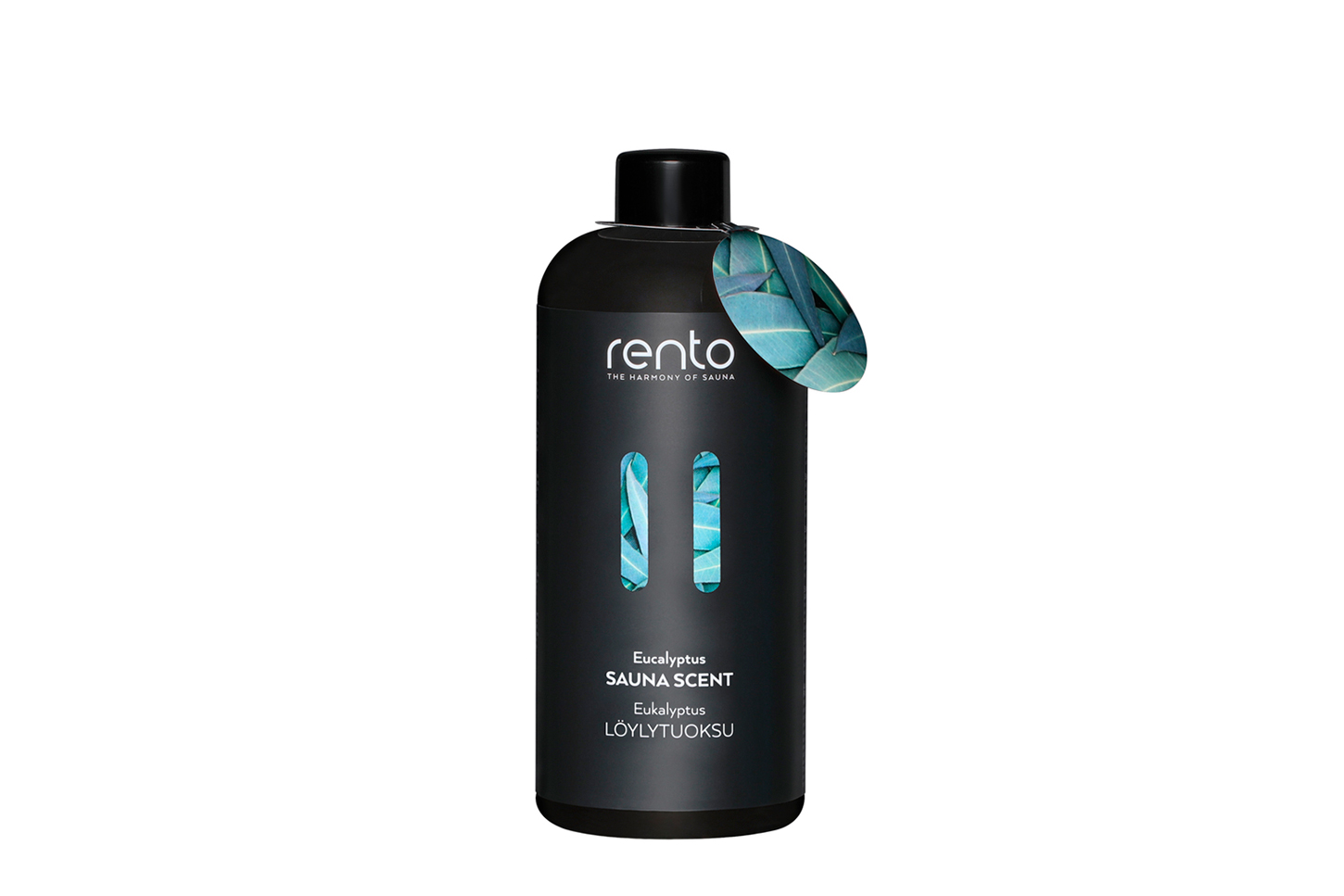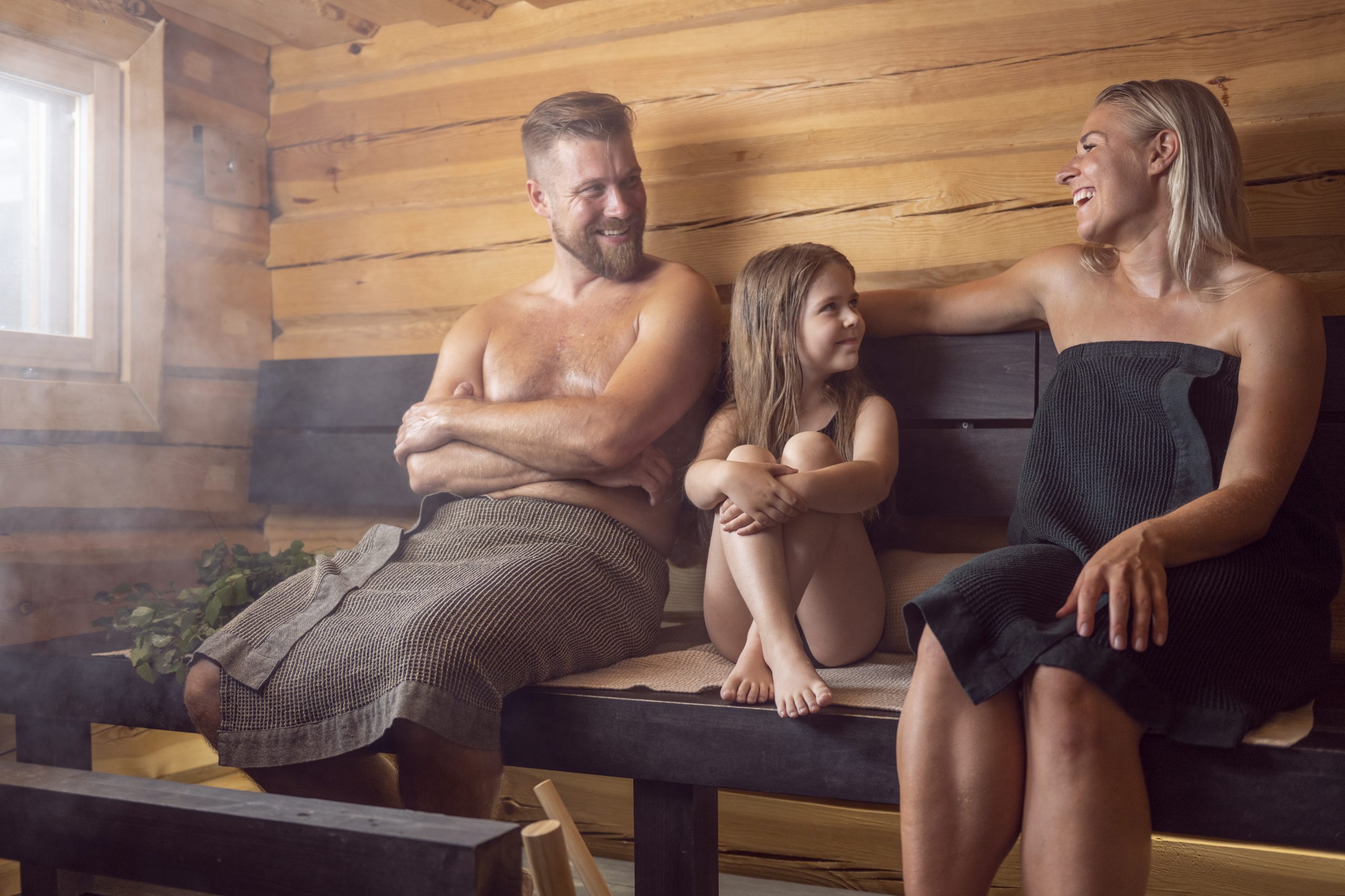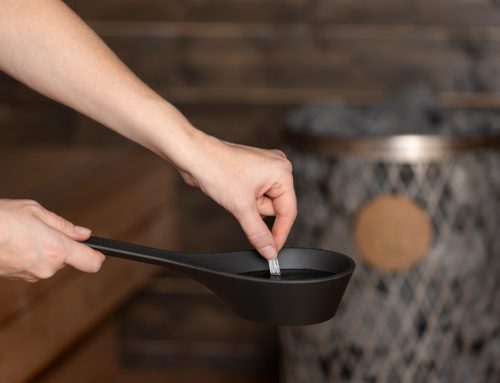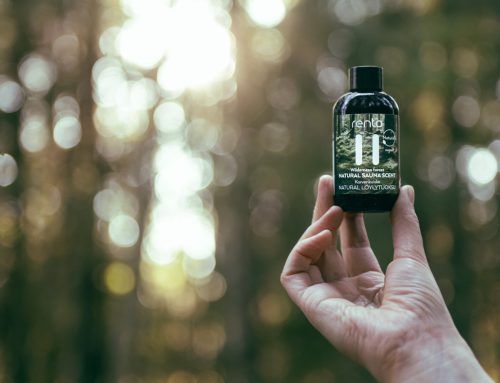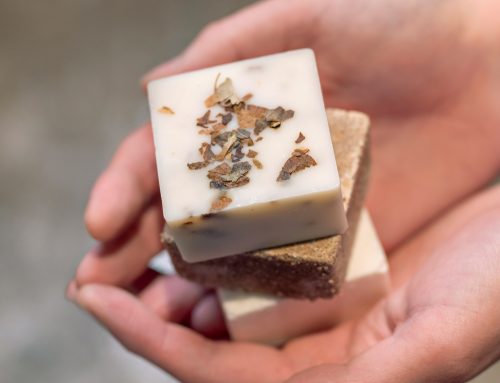Finns know that the sauna, heating it and bathing in it are part of summer in the countryside. The sauna forms the core around which formal and informal events at a summer place revolve. When guests arrive, the sauna is heated up for them. Studies show that the sauna is a place of spirituality and nostalgia for Finns.
Slowly, you begin to feel it: relaxation, when the car is parked by the cabin, everything has been unpacked, the cabin is filled with voices, the first pot of coffee is brewing and smoke that takes you back to your childhood is rising from the sauna’s chimney. You can forget about work and your hectic daily life. It is time to enjoy the company of friends and family, the summertime atmosphere at the summer house and the warmth of the sauna!
Summer is a time for coming together and visiting friends, and for Finns, a summer house or a cabin is the best place to do that. It provides a relaxed setting where guests can join in the summertime chores too – naturally at a leisurely holiday pace. And how many summer houses are there in the country, you might ask? Well, more than half a million, according to Statistics Finland.
The sauna is an undisputed focal point of life at the summer house. Heating and bathing in it are a key part of the summer, Midsummer in particular. The bathing sessions also determine the daily schedule. Chores can be done before the bathing, but no more work is carried out afterwards and, instead, people focus on enjoying good food and good company.
The University of Vaasa has studied what the sauna as a space really means for Finns. Researcher Hanna Leipämaa-Leskinen says that a sauna experience can be divided into four main themes, which are:
- Spirituality, cleansing and relaxation
- Nostalgia
- Medicalization
- Democratization
She believes that themes one and two are closely linked to summer house saunas.
“Finns continue to feel that bathing in a sauna involves a cleansing of both the body and mind. It is a place of relaxation and strongly connected to our state of mind,” she reveals some of the study’s findings.
Finns also find it easy to talk about sensitive and even challenging topics in the sauna. Similarly, important news is often shared there.
“The sauna makes Finns feel safe. The lights are usually low, and there are no disruptive elements. People are present and listen to one another,” Hanna Leipämaa-Leskinen continues.
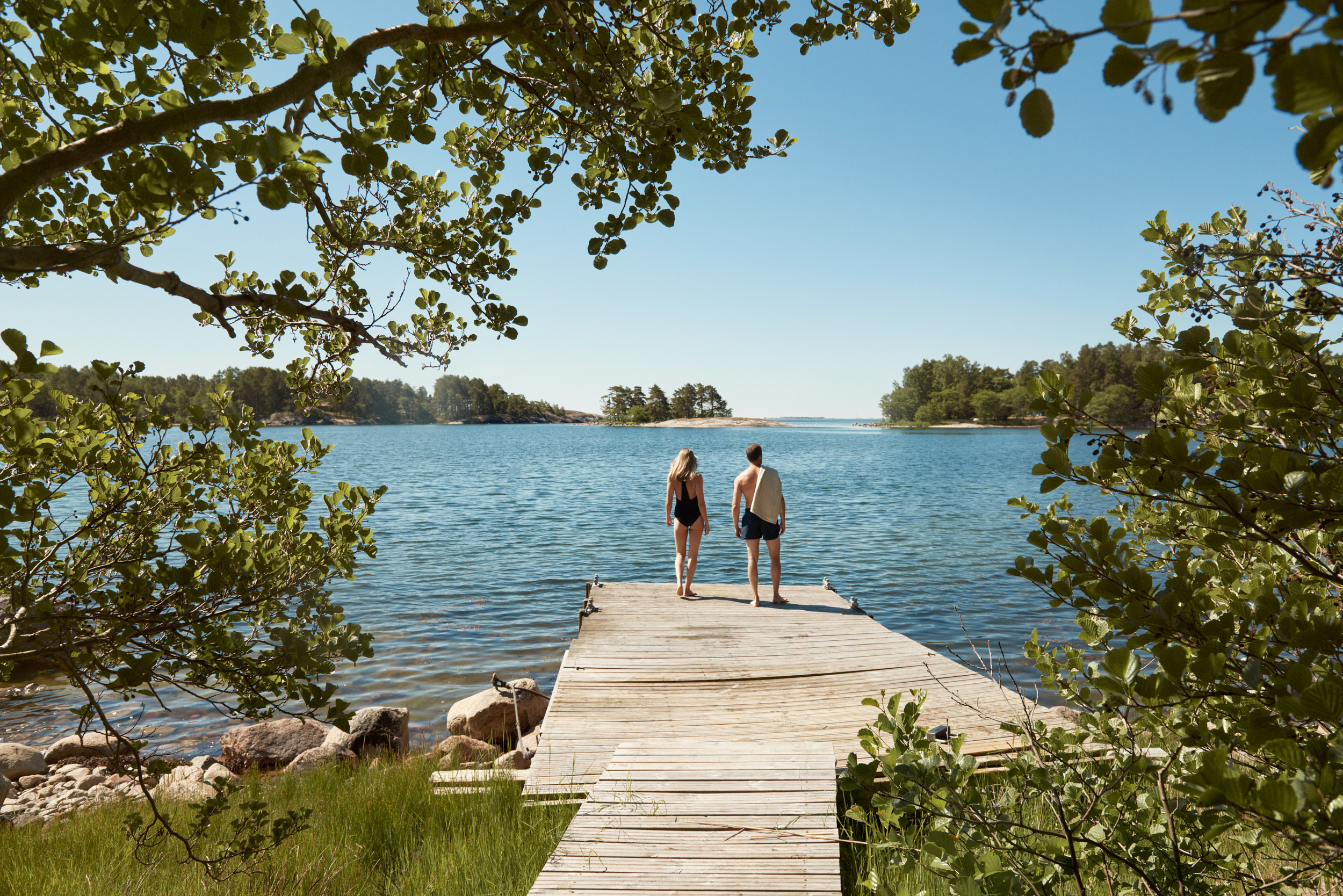
Nostalgia is particularly closely connected to bathing in a sauna at Midsummer, as Finns tends to have vivid memories from their childhood Midsummer saunas. Water is also often part of the tradition. Ideally, you should be able to dip into a lake or the sea in between sessions in the hot room, although these days a hot tub is also an option.
“The Midsummer sauna also reminds us of the Finnish nature. The smell of fresh birch leaves that you use to make a vihta induce nostalgia.”
Furthermore, cooling down after bathing, and enjoying some sausage and drinks also evoke many heart-warming memories.
According to researcher Hanna Leipämaa-Leskinen, the Finnish sauna culture is not becoming obsolete, even though the traditions may change over time.
“These traditions are strong and not about to disappear,” says the researcher who also intends to bathe in her summer house sauna at Midsummer.
Tips for groups
If you intend to spend time at a summer house as a larger group of people, you should divide the chores evenly and plan a suitably unrushed schedule. The main thing is for everyone to be able to join in, do things at a calm pace and have their individual preferences acknowledged.
The main questions to answer when planning the trip are:
- Who will carry the water and firewood to the sauna and the hot tub, and heat them?
- Who will make sure that the sauna is heated properly?
- Who will sunbathe and be in charge of the music?
- Which outdoor games will you play while waiting for the sauna to heat up?
- Who will bathe with whom and in what order?
- What will you eat after the bathing?
- Who will manage the BBQ or the fire pit?
- Who will wash the potatoes and do the cooking?
- Who will be in charge of the coffee and desert?
The best way is to do things together and allocate a whole day for the tasks. When deciding when everyone is going to bathe, you should take everyone’s individual preferences and needs into account. Circumstances may change even among friends, and it is always a good idea to ask how and with whom people would like to bathe.
Read next:

